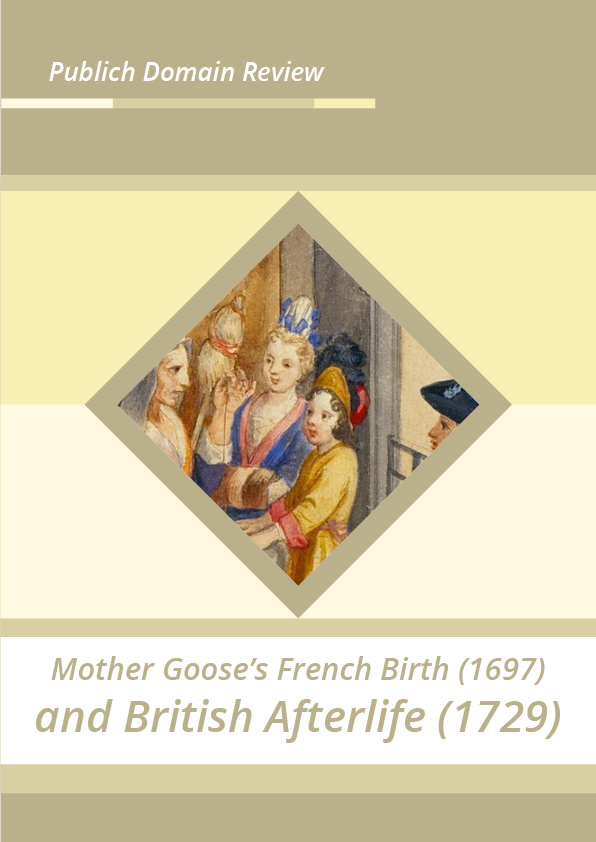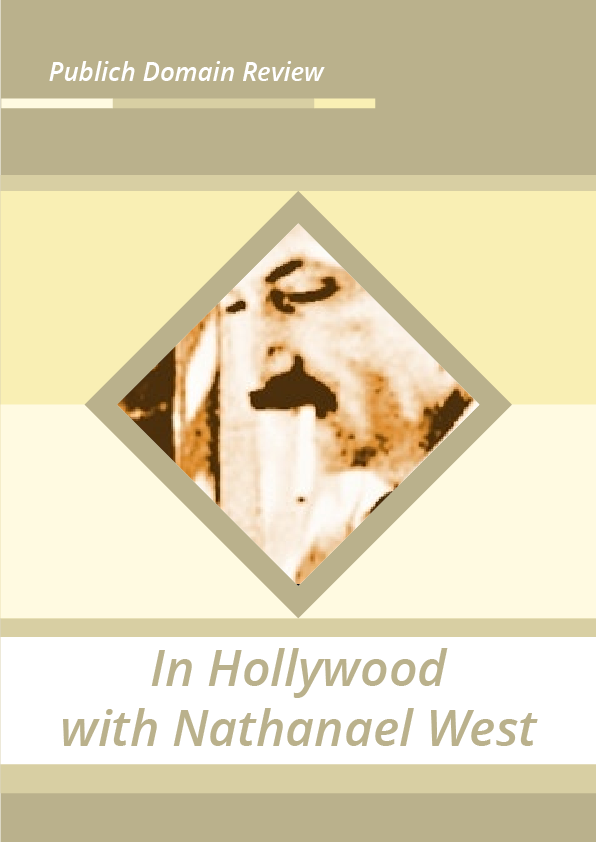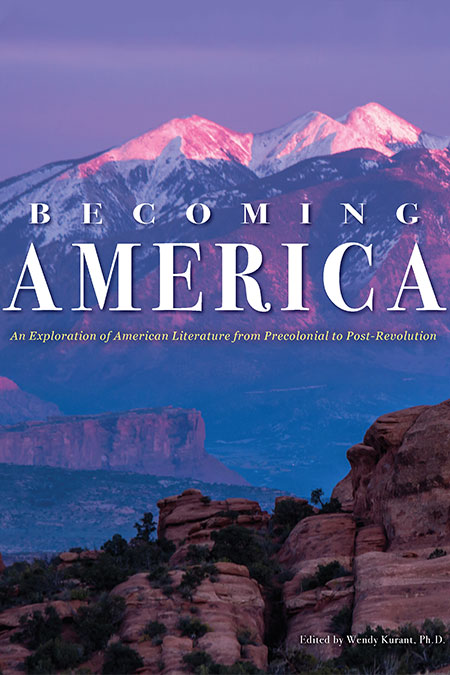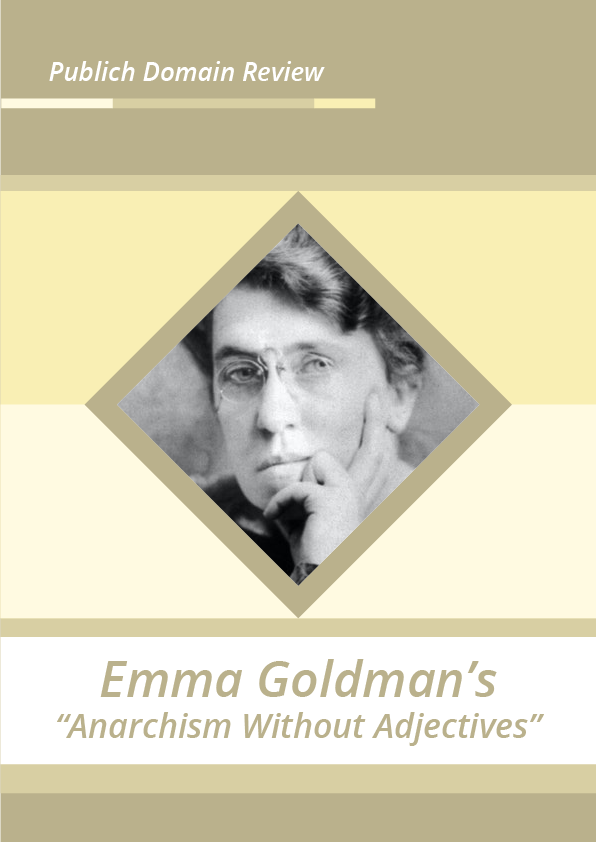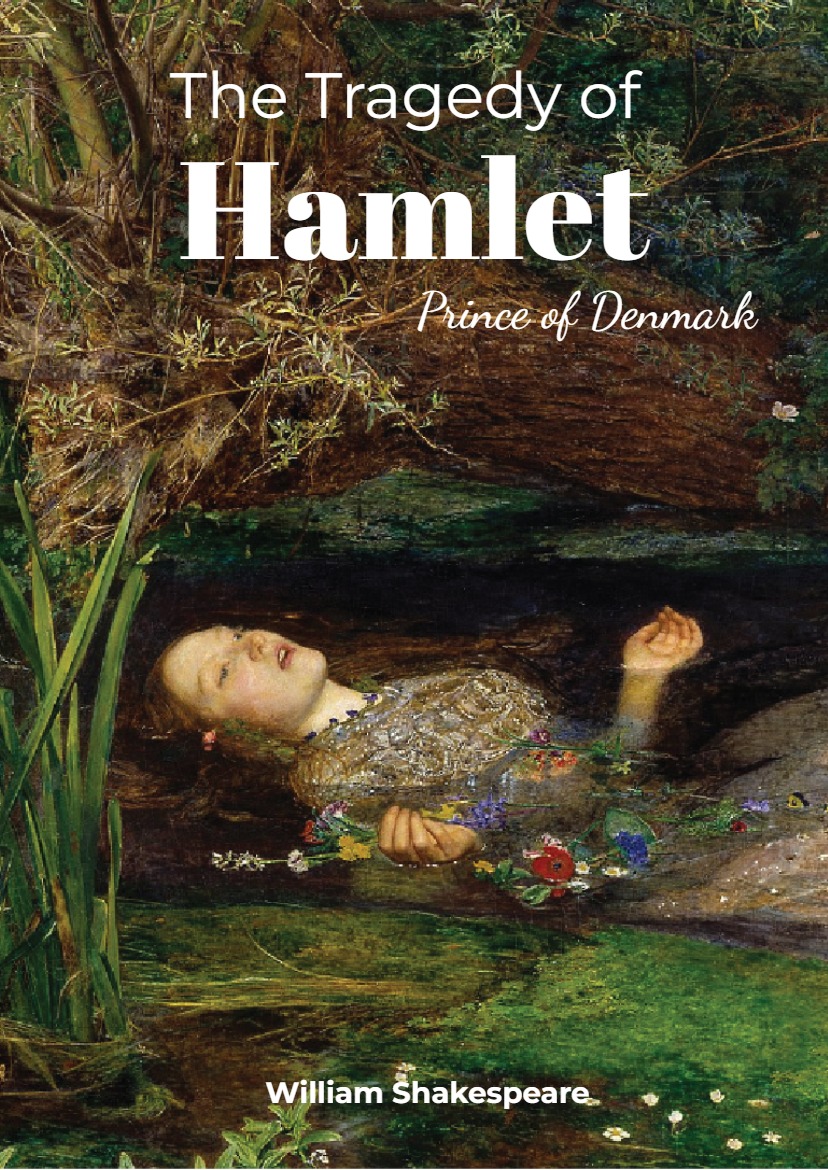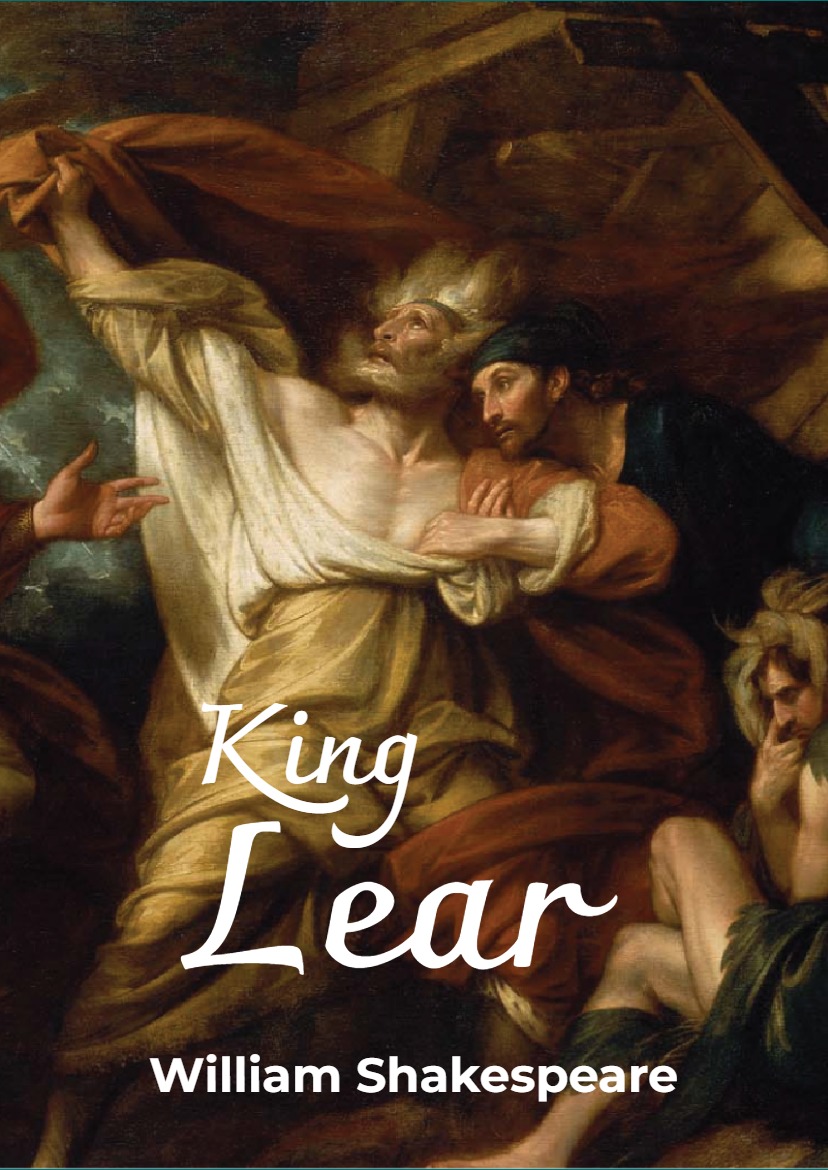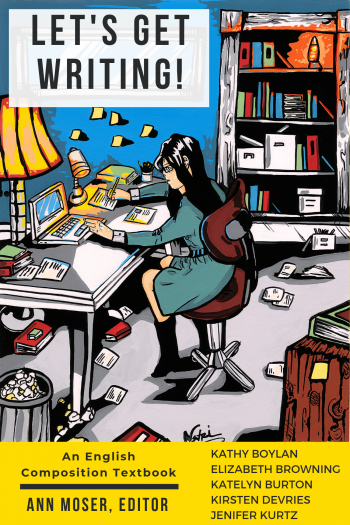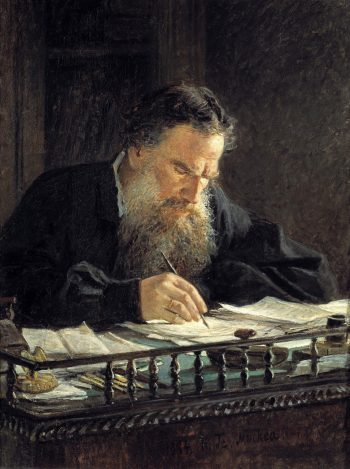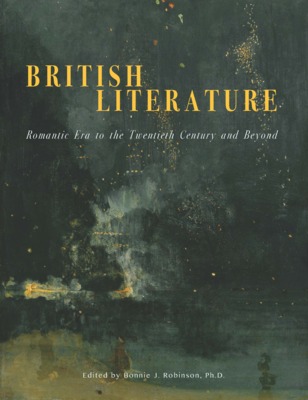Christine Jones explores the early English translations of Charles Perrault’s 1697 collection of fairy tales and how a change in running order was key to them becoming the stories for children which we know today.
Unlike the Brothers Grimm, who recently metamorphosed from children’s story collectors to godfathers of gore for the fairy-tale series, Grimm, Charles Perrault’s name remains generally unrecognizable. Yet, his stories, first published in 1697 as the Histoires ou Contes du temps passé (Stories or Tales of The Past) are anything but. Characters he immortalized, such as Cinderella with the glass slippers, the beauty who sleeps one hundred years, and the puss in boots, were destined for centuries of translation and revival. If he did not invent all of them — some appear in different guises in older folklore traditions — he did invent many of the particularities of their stories as we know them today.
That said, most readers no doubt know these titles in English, not French and, in that sense, are familiar not with Perrault’s stories per se, but with the healthy tradition of English translation, inaugurated in 1729. Precious little has been said about those published words — the language of the eighteenth century that turned Cendrillon into Cinderella. One basic reason for this oversight in scholarship no doubt comes down to a long-standing premise about the 1697 fairy tales: that they fell out of favor in the early eighteenth century and disappeared for a spell. According to this argument, they reemerged in the nineteenth century with the recovery tactics of publishers interested in hooking a younger audience for these tales and with the Grimms, who credited Perrault with inspiring their work.
Yet, when one looks into the early reception of the tales in Britain, extant editions tell a different story about Perrault’s fate during the Enlightenment. Libraries such as the Toronto Library, Osborne Collection of Early Children’s Books, Princeton University’s Cotsen Chidren’s Library, the Pierpont Morgan Library, and the British Library are home to myriad eighteenth-century editions of the tales: large, small, fancy, cheap, and all of them delighted by their subject matter. Pirated French editions in Amsterdam and rapid-fire translations from London rolled off the presses every few years. Copies of copies slid down the social ladder and made their way into chapbooks. Woodcutters busily carved variations of earlier images for their publishers, leaving posterity with dozens of illustrations of stories credited to M. Perrault. If France abandoned her native son in the early years of the century, French-speaking publishers in Amsterdam and their eager British counterparts gave him a glorious afterlife.
Furthermore, these early editions of Perrault’s stories are as illuminating as they are voluminous. Two inaugurations in that century of Enlightenment and francophilia are worthy of note. First, Amsterdam publishers flooding the market with French editions exerted surprising influence over England’s, and even France’s, eighteenth-century reception of the fairy tales. Second, the Histoires’ very first British translator, Robert Samber of London, found catchy language for these exciting young heroes and heroines in 1729 that immediately turned into classics for the English-speaking world. Before I detail these changes, a word about the stories as they appeared in print from 1697 until about 1720.
The first hands that held and read the Histoires ou contes du temps passé belonged to adults, not children. Written in a poetic style with myriad cultural references, the stories embody the style of their age: a blend of the intellectualism found at the Académie Française and the fashionable splendor of Louis XIV’s Versailles. Knowing Perrault had an adult readership may explain why the volume begins and ends with long, complex tales in a narrative style that we no longer associate with fairy tales today.
Readers of the earliest editions had to slog first through “La Belle au bois dormant”/”Sleeping Beauty” the longest tale in the collection, rich in detail and also violent in its themes. To take one example, the prince’s Ogress mother orders that her grandchildren and the princess be cooked for her in a Sauce Robert (a staple of classic French cuisine). Owing to the tale’s length, however, the plot has time to resolve the problems it sets up, notably by feeding the Ogress – a cruel irony for a gourmand – to a vat of vipers and snakes. Similarly, the volume ends with the second longest story, “Le Petit Poucet”/”Hop o’ my Thumb”, which sees a diminutive young man through a family drama that repeatedly thwarts his success and sends him on many adventures. Sandwiched in between is the kind of short story Walt Disney Studios prefers: “Little Red Riding Hood,” “Cinderella,” and “Puss in Boots.”
If we no longer relish lengthy, tediously detailed fairy tales, it is in part because eighteenth-century editors made a series of decisions that privileged the shortest ones and, as the century reached its end, increasingly aimed the collection at children. Even the earliest choices made seem to have had lasting impact. In 1721, a major publisher in Amsterdam, the family Desbordes, changed the order of the texts in a French-language edition whose impact was subtle and enduring: “Petit Chaperon rouge” (Little Red Riding Hood) was placed first, followed by “Les Fées” (The Fairies). Desbordes kept “Barbe bleue” (Blue Beard), of middling length, in its traditional third spot and followed it with “Belle au bois dormant” (Sleeping Beauty) in fourth place.
